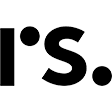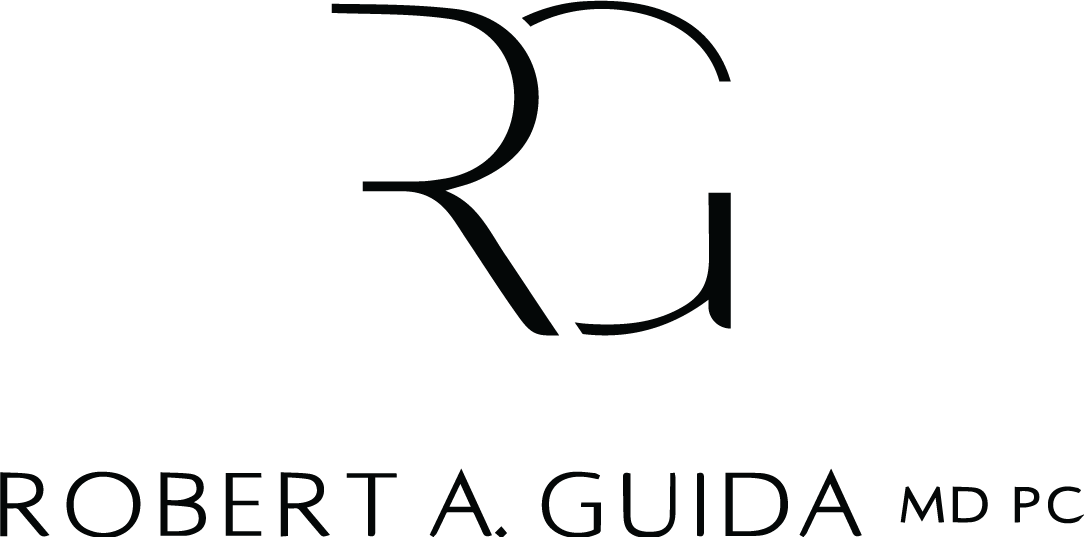Have you found yourself staring at your reflection, feeling unsatisfied with the results of your initial rhinoplasty? Perhaps your nose doesn’t look as you imagined, or functional issues like breathing difficulties have emerged after surgery. These are common reasons many individuals consider revision rhinoplasty, a procedure aimed at improving both the appearance and function of the nose after a prior surgery didn’t meet expectations. Many patients seek a second chance to refine their nasal appearance and correct lingering concerns from their first surgery.
Revision rhinoplasty is more complex than the initial procedure, which is why it’s crucial to choose an experienced, skilled surgeon for the job. Dr. Robert Guida, a renowned facial plastic and reconstructive surgeon with decades of experience, specializes in revision rhinoplasty. His expertise ensures you have the best chance for a successful outcome. In this article, we explore essential tips that will help maximize your chances of success with revision rhinoplasty.
1. Choose a highly skilled, experienced surgeon
The most crucial factor in maximizing the chances of success with revision rhinoplasty is selecting the right surgeon. Revision rhinoplasty is inherently more complex than primary rhinoplasty due to scar tissue, changes in nasal anatomy, and the need for precise corrections. Therefore, it is essential to choose a board-certified facial plastic and reconstructive surgeon who specializes in revision procedures and has extensive experience.
Dr. Robert Guida is a board-certified surgeon known for his expertise in primary and revision rhinoplasty who brings over 30 years of experience to his practice. He uses advanced techniques and customized approaches to carefully revise and reshape the nose while addressing functional concerns like breathing difficulties. With a reputation for precision and artistry, Dr. Guida is trusted by patients seeking to refine the results of their initial surgery.
2. Understand your nasal anatomy and limitations
Before revision rhinoplasty, it’s important to have a clear understanding of your nasal anatomy and the limitations of the procedure. Some patients may have structural issues caused by the first surgery, such as weakened cartilage or irregular bone structure. Revision rhinoplasty may involve complex techniques to correct these issues, and your surgeon must be fully aware of these limitations to provide realistic expectations. Dr. Guida ensures that his patients are informed about the expected outcomes based on their unique anatomy.
3. Prepare for a longer recovery period
Recovery from revision rhinoplasty typically takes longer than the initial surgery. You can expect to take at least one to two weeks off from work or daily activities to rest and recover. Swelling may persist for several weeks or even months, and while most of the swelling will subside in the first few weeks, it can take up to a year for the final results to emerge. Dr. Guida is dedicated to helping you achieve the best possible recovery with personalized aftercare guidance.
4. Follow post-operative care instructions carefully
After revision rhinoplasty, your surgeon will provide specific post-operative care instructions that are crucial for a smooth recovery and successful outcome. Following these guidelines will help prevent complications such as infection, excessive swelling, and poor healing. This includes avoiding strenuous activities, not blowing your nose, taking prescribed medications, and using ice packs to reduce swelling. Dr. Guida’s office provides comprehensive aftercare instructions, ensuring every patient has the resources they need to recover smoothly.
5. Avoid smoking and alcohol consumption
Smoking and alcohol consumption can increase the risk of complications after any surgery. Smoking restricts blood flow and reduces oxygen to the tissues, which can delay healing and affect the appearance of your nose. Alcohol can cause dehydration, interfere with medication, and slow the recovery process. If you are a smoker or consume alcohol regularly, it is essential to quit smoking at least four to six weeks before and after surgery.
6. Keep a healthy lifestyle
Maintaining a healthy lifestyle before and after revision rhinoplasty can help optimize your chances of success. Eating a balanced diet rich in vitamins and minerals, exercising regularly (as approved by your surgeon), and getting enough sleep all contribute to your body’s ability to heal efficiently. A healthy lifestyle promotes optimal blood flow and ensures your body has the resources it needs to recover.
7. Consider non-surgical options for minor issues
In some cases, you may find that non-surgical treatments can help address minor cosmetic issues after rhinoplasty. Dr. Guida offers various non-invasive options like dermal fillers to refine the shape of the nose without additional surgery. Fillers can enhance the appearance of your nose while still preserving the work done during rhinoplasty. If you’re hesitant about another surgical procedure, discuss these options with Dr. Guida. He will provide professional advice on whether these treatments can complement your results.
Maximizing the chances of success with revision rhinoplasty requires careful planning, expert guidance, and a commitment to the healing process. By selecting an experienced surgeon like Dr. Guida, you can significantly improve your chances of achieving the desired results. With his expertise and diligent approach to your surgery, you’ll be well on your way to a more refined and natural-looking nose that aligns with your vision. Schedule a consultation today!




